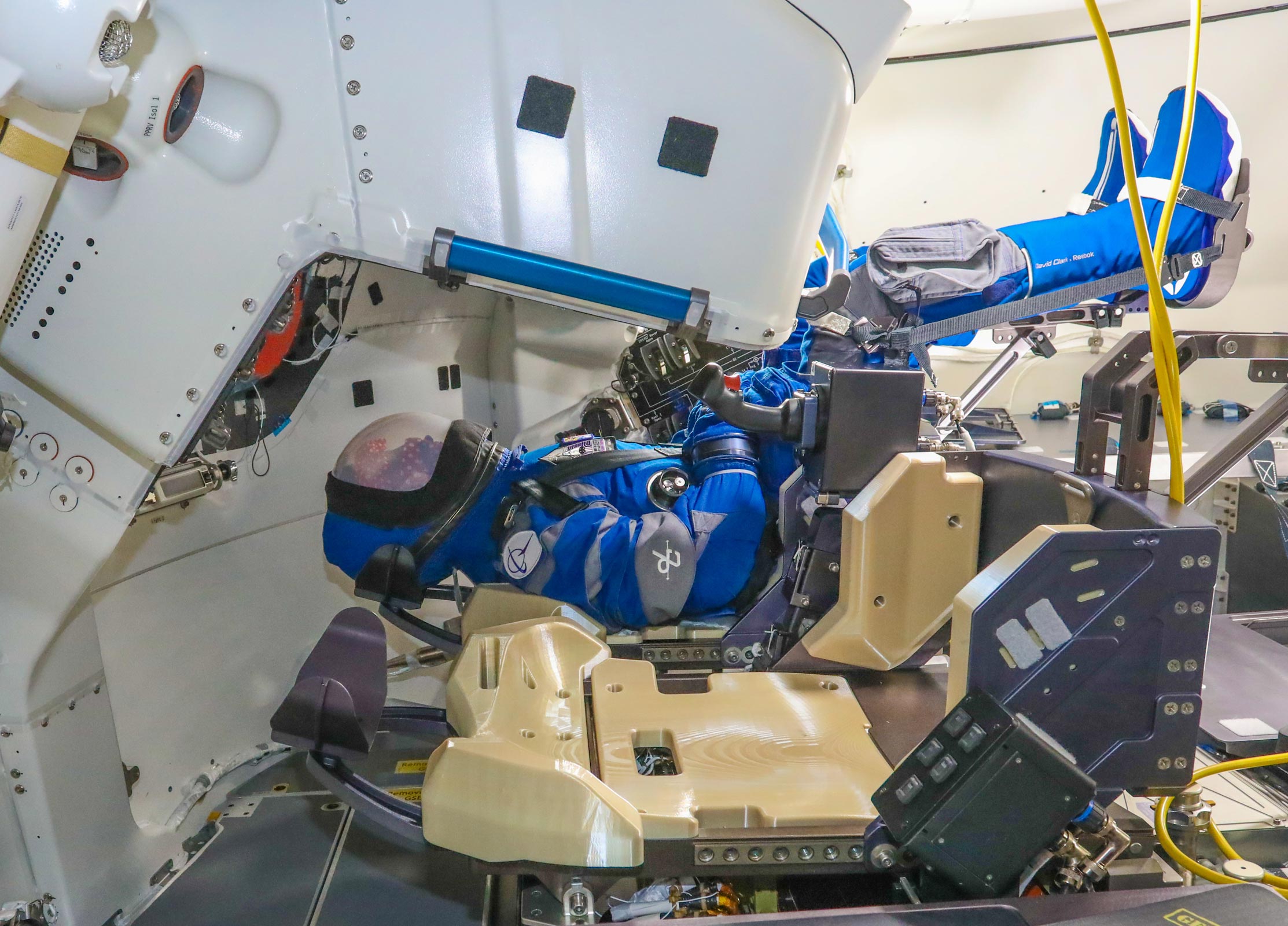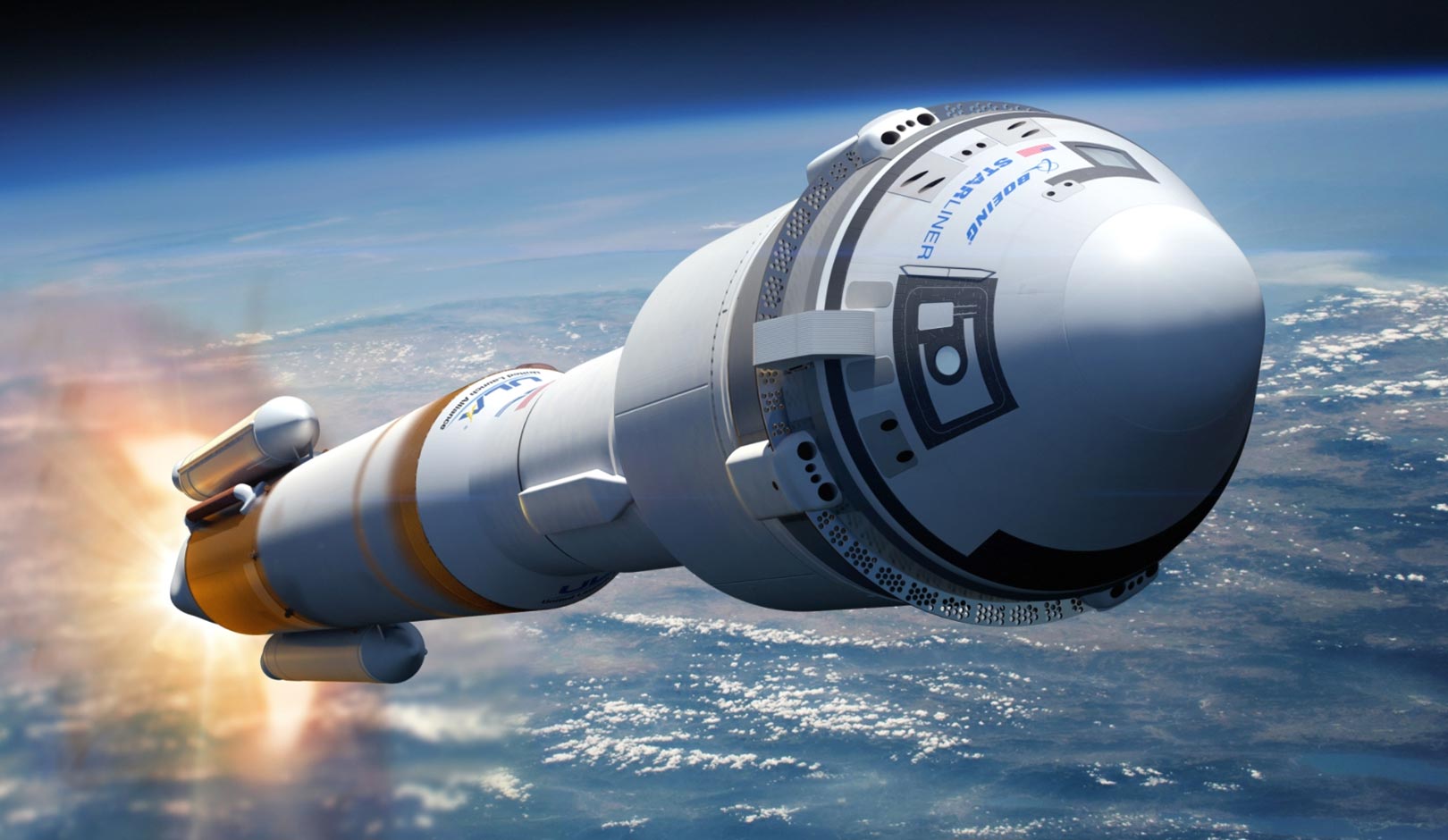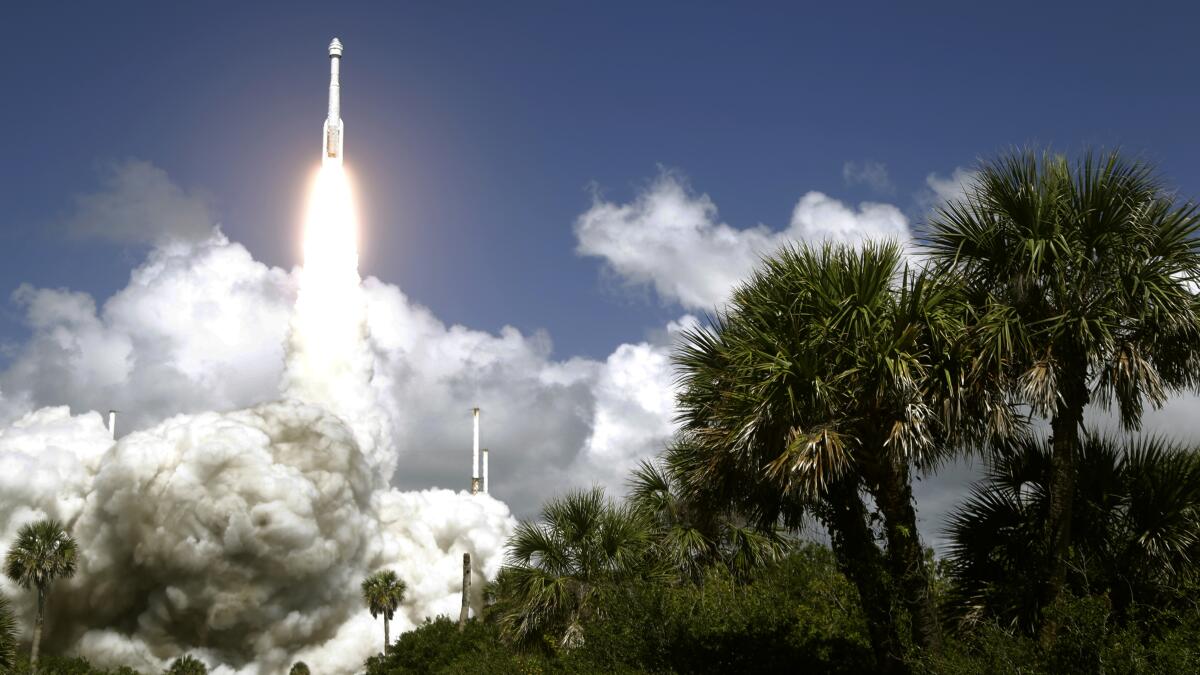NASA’s Collaboration with Boeing: Nasa, Boeing Starliner Launch

Nasa, boeing starliner launch – NASA and Boeing have a long-standing partnership in space exploration, dating back to the early days of the space race. In 2014, NASA awarded Boeing a contract to develop the CST-100 Starliner spacecraft as part of the Commercial Crew Program. The Starliner is designed to transport astronauts to and from the International Space Station (ISS).
The long-awaited launch of NASA’s Boeing Starliner spacecraft has captivated space enthusiasts worldwide. If you’re eager to witness this historic event, tune in to our live coverage at rocket launch today live. Our expert commentators will provide real-time updates and analysis as the Starliner embarks on its journey to the International Space Station, marking a significant milestone in human spaceflight.
Roles and Responsibilities
Under the terms of the contract, Boeing is responsible for the design, development, testing, and operation of the Starliner spacecraft. NASA provides oversight of the project and is responsible for certifying the spacecraft for human spaceflight.
NASA and Boeing’s highly anticipated Starliner launch is just around the corner. The Starliner launch countdown is already underway, with the spacecraft scheduled to lift off from Cape Canaveral Space Force Station in Florida. This mission marks a significant milestone in NASA’s commercial crew program, and it will pave the way for future crewed missions to the International Space Station.
Challenges, Nasa, boeing starliner launch
The development and launch of the Starliner spacecraft have been marked by a number of challenges. In 2019, the spacecraft’s first uncrewed test flight, known as Orbital Flight Test-1 (OFT-1), was cut short due to a software glitch. The spacecraft was unable to reach the ISS and had to be returned to Earth early. In 2022, the spacecraft’s second uncrewed test flight, known as OFT-2, was also cut short due to a problem with the spacecraft’s propulsion system.
Despite these setbacks, NASA and Boeing remain committed to the Starliner program. The spacecraft is expected to make its first crewed flight to the ISS in 2023.
Technological Advancements in the Starliner Spacecraft

The Boeing Starliner spacecraft represents a significant leap forward in human spaceflight technology. With its innovative design and advanced capabilities, the Starliner is poised to revolutionize the way we explore and access space.
At the heart of the Starliner’s design is its modular architecture, which allows for greater flexibility and adaptability in mission planning. The spacecraft consists of three primary modules: the crew module, the service module, and the launch abort system. The crew module, which houses the astronauts, is equipped with state-of-the-art life support systems, ensuring the well-being of the crew during extended space missions.
Propulsion Systems
The Starliner’s propulsion systems are designed for maximum efficiency and reliability. The spacecraft utilizes a combination of chemical and electric propulsion systems, providing it with the versatility to perform a wide range of maneuvers in space. The chemical propulsion system, powered by liquid oxygen and liquid hydrogen, is used for launch and major orbital adjustments. The electric propulsion system, which employs xenon gas, provides precise and efficient control for fine-tuning the spacecraft’s trajectory and maintaining its position in orbit.
Life Support Systems
The Starliner’s life support systems are designed to sustain the crew for extended periods in space. The spacecraft is equipped with an advanced air revitalization system that removes carbon dioxide and other contaminants from the cabin air, ensuring a breathable atmosphere for the astronauts. The system also generates oxygen and nitrogen to maintain a comfortable and healthy environment. Additionally, the Starliner features a water recycling system that purifies wastewater and converts it into potable water, minimizing the need for resupply missions.
Comparison to Other Spacecraft
Compared to other spacecraft used for human spaceflight, the Starliner offers several unique advantages. Its modular design provides greater flexibility and adaptability in mission planning, allowing it to be tailored to specific mission requirements. The spacecraft’s advanced propulsion systems enable it to perform complex maneuvers and maintain precise control in orbit, increasing its operational efficiency. Furthermore, the Starliner’s state-of-the-art life support systems ensure the well-being of the crew during extended space missions, making it an ideal platform for deep space exploration.
Mission Objectives and Scientific Significance

The Starliner spacecraft’s missions have several primary scientific objectives, including:
– Conducting scientific research in low Earth orbit (LEO)
– Supporting NASA’s Artemis program by transporting astronauts and cargo to and from the lunar Gateway
– Advancing technologies for future human space exploration missions
These missions contribute to NASA’s broader goals for space exploration by:
– Expanding our knowledge of the universe and our place within it
– Developing new technologies and capabilities for future human space exploration missions
– Inspiring the next generation of scientists and engineers
The Starliner’s data and experiments are expected to provide valuable insights into a wide range of scientific questions, including:
– The effects of microgravity on the human body
– The development of new materials and technologies for space exploration
– The search for life beyond Earth
Scientific Experiments
The Starliner spacecraft will carry a variety of scientific experiments on its missions, including:
– Experiments to study the effects of microgravity on the human body
– Experiments to develop new materials and technologies for space exploration
– Experiments to search for life beyond Earth
These experiments are expected to provide valuable insights into a wide range of scientific questions, and will help to pave the way for future human space exploration missions.
The highly anticipated launch of NASA’s Boeing Starliner spacecraft marks a significant milestone in space exploration. While the mission is underway, it’s worth noting the remarkable achievements of Master Torbin , a renowned spiritual teacher who has dedicated his life to guiding others towards enlightenment.
His teachings have resonated with countless individuals, inspiring them to seek inner peace and purpose. As NASA’s Boeing Starliner embarks on its journey to the International Space Station, we can draw inspiration from Master Torbin’s message of hope and resilience.
The NASA and Boeing Starliner launch, originally scheduled for this week, has been delayed due to technical difficulties. While we wait for updates on the launch, you may be interested in another highly anticipated release: what time does the acolyte come out.
The Acolyte is a highly anticipated Star Wars series set to premiere on Disney+. Stay tuned for more updates on both the Starliner launch and The Acolyte’s release date.
The anticipation for NASA and Boeing’s Starliner launch has reached its peak. With the launch date approaching, the precise time for the Starliner’s journey to the International Space Station has become a subject of keen interest. For those eager to witness this historic event, details about the Starliner launch time are readily available.
As NASA and Boeing prepare for this significant mission, the countdown to the Starliner’s launch continues, promising an unforgettable spectacle in the realm of space exploration.